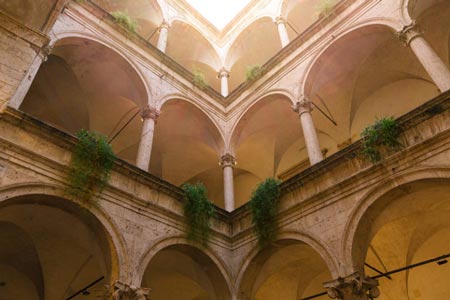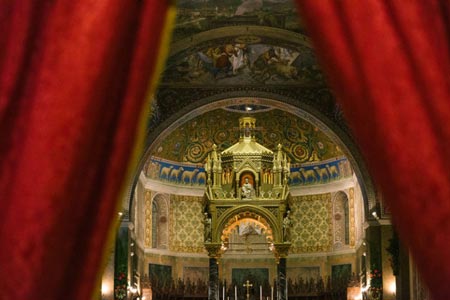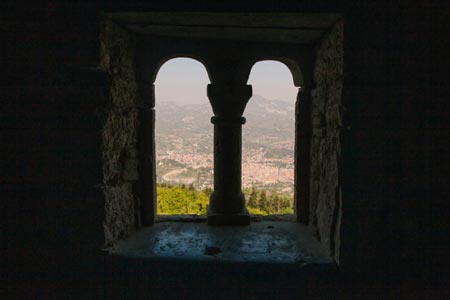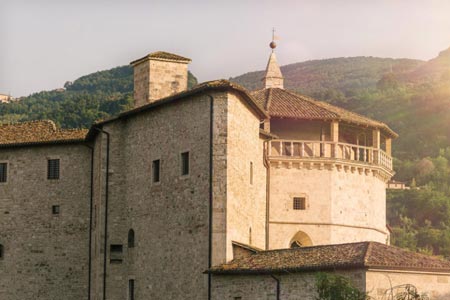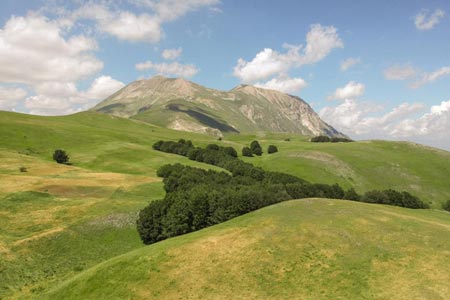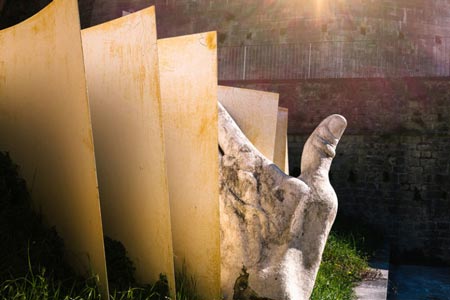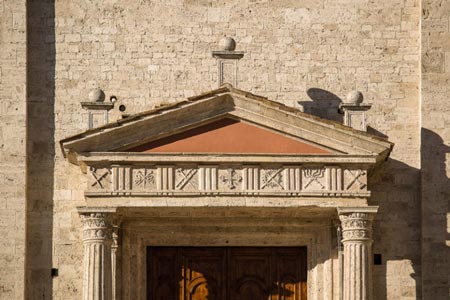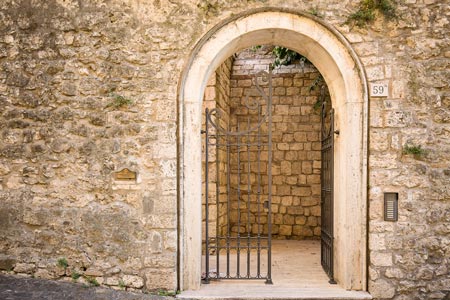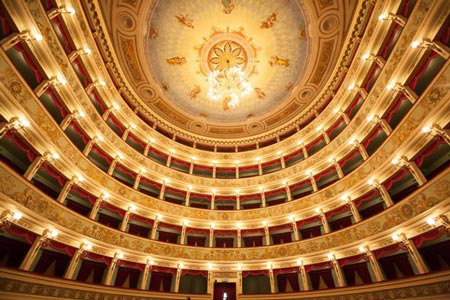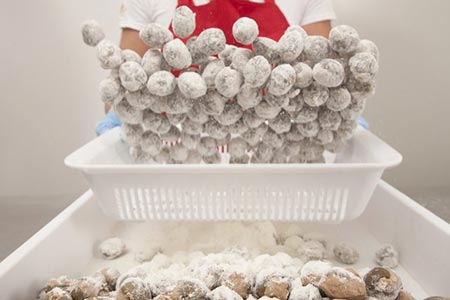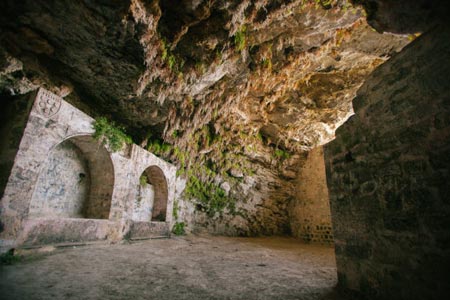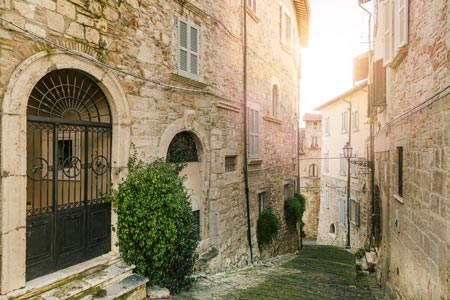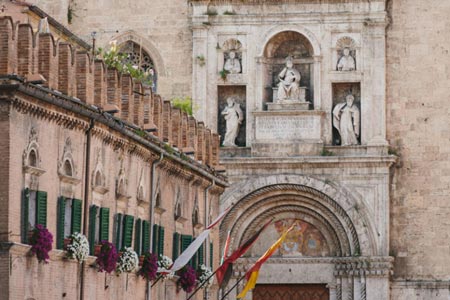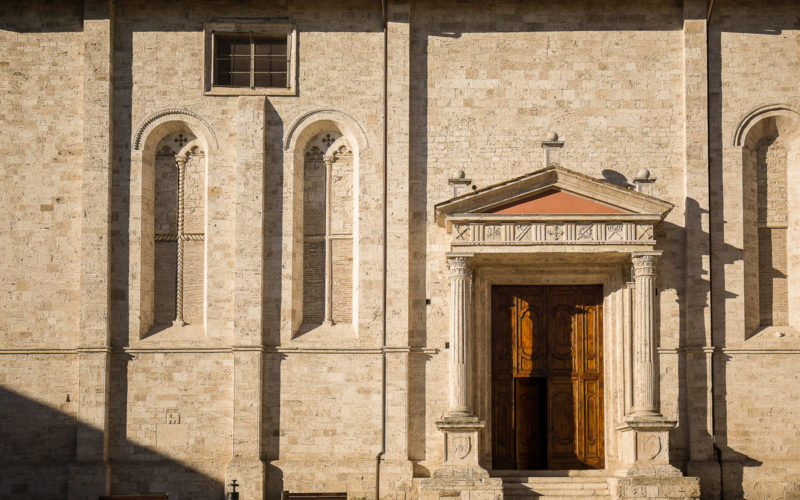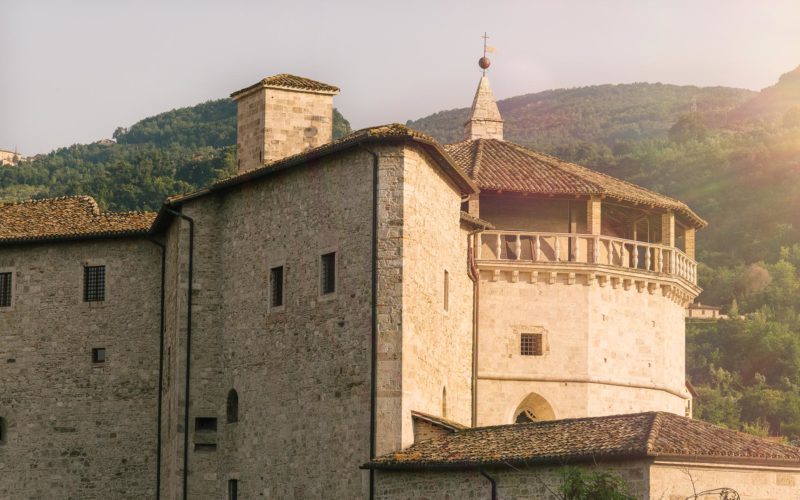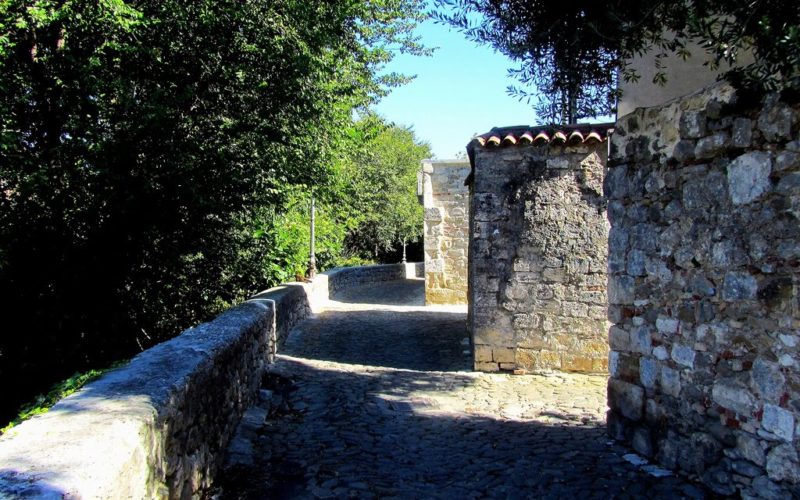Roman and medieval precious remains in Ascoli Piceno: Porta Romana
In the western area of Ascoli Piceno, there is Porta Romana, where the three layers of the city’s fortifications are still perfectly visible today. The oldest fortification is made up of square blocks of sandstone and comes from the Picenians. New walls were set above them using the technique of the “opus quasi reticulatum“. On the contrary, the monumental “Porta Gemina” or “Porta Romana” is in the “opus reticulatum” technique made, double (Gemina means, twin) and about six meters high. Rebuilt on the Piceno one, destroyed by Pompeo Strabone in 89 BC, it consists of two large arches supported by three massive pillars. Almost seven meters high and 9.47 meters wide, it allowed access into the city for those who had come from Rome through the Salaria, the consular road connecting the Tyrrhenian Sea to the Adriatic.
The grooves inside the archways testify to the remarkable engineering level achieved at that time: their purpose was to slide the shutters that governed access to the city.
In the Middle Ages, a church was built above the door, and it appeared again only after the demolition interventions of the nineteenth century. However, these ancient walls were not enough to stop Frederick II. In 1242, he destroyed the defensive system of Asculum, forcing the city to build new ones.
Today the medieval walls are still clearly visible, made of large blocks of travertine for the first four meters, certainly reuse of the remains of great Roman monuments; the remaining parts are smaller blocks, easier to lift. The medieval walls linked the Fortezza Pia, which rises on the nearby Colle dell’Annunziata to the medieval gate, were demolished in the early 1900s.
CONDIVIDI I TUOI SCATTI CON GLI HASHTAG: #visitascoli #ascolipiceno2024
AUTHOR: Lella Palumbi, expert in art history
